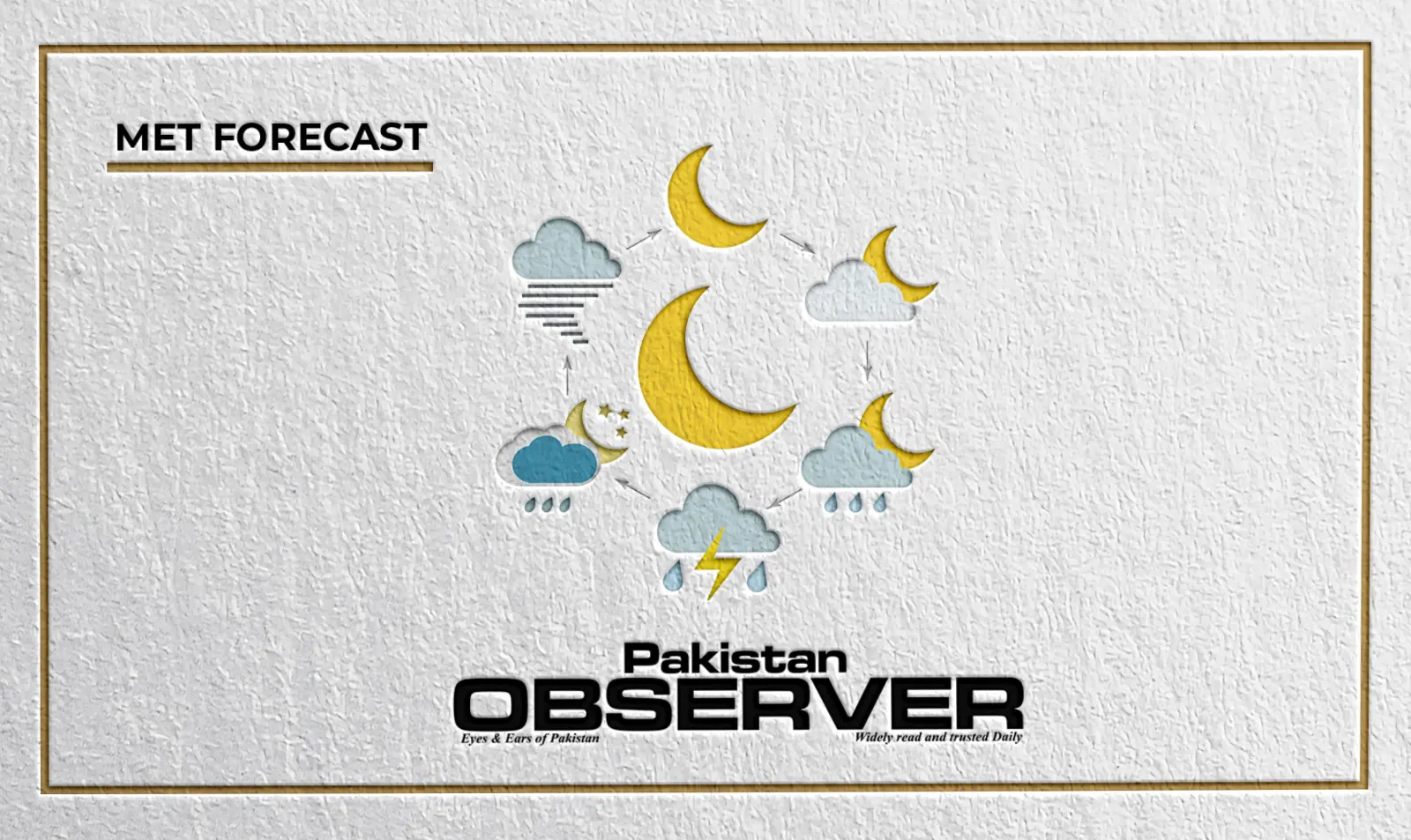Indian growing adventurism in South China Sea
INDIA and Vietnam in August 2021 conducted a naval exercise in the South China Sea (SCS).
New Delhi tends to step up influence in the SCS and has engaged with the Vietnamese Navy, deployed guided-missile corvette Kora and guided-missile destroyer Ranvijay in the exercise, showcasing the growing convergence with Hanoi in the maritime security domain in the SCS.
Vivek Madhwal, Indian Navy spokesperson opines that “In continuation with ongoing deployment of Indian Navy ships in the South China Sea, INS Kora and INS Ranvijay undertook bilateral maritime exercise with Vietnam People’s Navy frigate Ly Thai to on Wednesday.”
Madhwal further reiterates that conducting an exercise by the two navies demonstrates the strong bond of cooperation between New Delhi and Hanoi.
India, arguably, has huge stakes in the SCS; the sea is a crucial trade route, and having oil exploration projects with Vietnam the former, thus, tries to embroil the latter in the SCS issue.
The sea is blessed with geostrategic location and natural resources, having nearly 11 billion barrels of untapped oil and approximately 190 trillion cubic feet of natural gas. Geostrategic location and natural resources of the SCS make the sea a bone of contention among China, Indonesia, Malaysia, Taiwan, Philippines, Vietnam and Brunei as all of them are claimants of the Sea.
India has been engaged in naval deployment in the SCS since 1995. These deployments range from unilateral to bilateral exercises including friendly port calls.
Singapore-India Bilateral Maritime Exercises (SIMBEX) started naval deployments in 1994 in the sea. However, through friendly port calls the Indian navy is eager to bring littoral states such as Malaysia, Indonesia, Vietnam, the Philippines and Brunei to the SCS.
India in July 2012, in Campbell Bay forged deep-water maritime facilities, the most southerly point of the Andaman Islands, meant to bolster Indian surveillance operations in the SCS.
New Delhi is likely to accelerate its foothold in the SCS, it’s around 55% of trade with the Indo-Pacific region passes via these crucial waters.
To buttress their position in the SCS, India and Singapore completed a three-day joint exercise on September 04, 2021, conducted a major naval war-game at the southern edge of the SCS.
The exercise was a part of the 28th edition of SIMBEX while SIMBEX appears to be the Indian Navy’s longest uninterrupted bilateral maritime exercise with any foreign navy.
Madhwal asserts, “Sustaining the continuity of this significant engagement despite the challenges of the ongoing pandemic further underscores the strength of bilateral defence ties”.
The SCS remains one of the busiest routes for trade, one-third of the world’s shipping passes through these Sea lines of communication (SLOC), carrying over US$3 trillion worth of trade annually.
Meanwhile, India in October 2011 signed six agreements with Vietnam in a bid to increase and promote oil exploration in the SCS. Beijing unequivocally objected to New Delhi’s oil exploration. Suffice it would be to say that India is unwilling to compromise on its national interest in the SCS.
In this regard, David Scott, a lecturer in International Relations at Brunel University articulates that “The South China Sea is becoming a factor in India’s strategic calculations and strategic debates, and India is becoming a factor in the strategic calculations of South China Sea states.”
India’s engagement with Hanoi is also an expansion of its Act East Policy (AEP).AEP enhances the geostrategic significance of the SCS in Indian strategic calculation.
Though India is not a littoral state of the SCS nor does it have territorial claims in the region, it is obsessed with securing SLOC including trade and energy supplies.
Ostensibly, the SCS has emerged as an economic security lifeline for India and the latter, subsequently, relies greatly on the United States and Association of Southeast Asian Nations ASEAN for cooperation to preserve national interests in the region.
ASEAN and the far-eastern Pacific region are the prime components of Indian AEP, while the Southeast Asian commons are a “vital facilitator of India’s future development.”
Rajeev Ranjan Chaturvedy, Associate Professor at Nalanda University in India argues that “The South China Sea is a critical corridor between the Pacific and Indian oceans for commercial and naval shipping,” A secure sea is crucial for Indian economic development and commercial growth.
Modi’s government after the last year of the Galwan Valley conflict between Indian and Chinese troops calculatedly increases Indian presence in the SCS in order to put China in hot water.
Long Xingchun, a senior research fellow at Beijing Foreign Studies University asserts, “Obviously, India’s anti-China sentiment has been very high since last year’s conflict, and India is taking measures to show its dissatisfaction with China,” “India is making a gesture to put pressure on China [with the deployment of the warship], but I believe it will not have any practical effect – China will not change its position in the South China Sea,” Long added.
New Delhi is exceedingly wary of China’s presence in the Indian Ocean (IO), the former considers IO its main theatre of national interest, has resultantly been creating obstacles for China in its backyard. India has also been capitalizing on the Quad known as Quadrilateral Security Dialogue aimed at containing China.
Relying heavily on the US in the containment of China and provoking ASEAN members, by and large, will antagonize a rising and benign power China that would prove counterproductive for New Delhi.
India needs to introspect; it has already been abandoned in Afghanistan’s conundrum created by the US. Reassessment certainly is more important than punctually. The sooner India reassesses its foreign policy by forging better ties with Beijing, the better.
—The writer is a Research Associate at India Study Centre, the ISSI. —The writer is a Research Associate at India Study Centre, Institute of Strategic Studies Islamabad.











